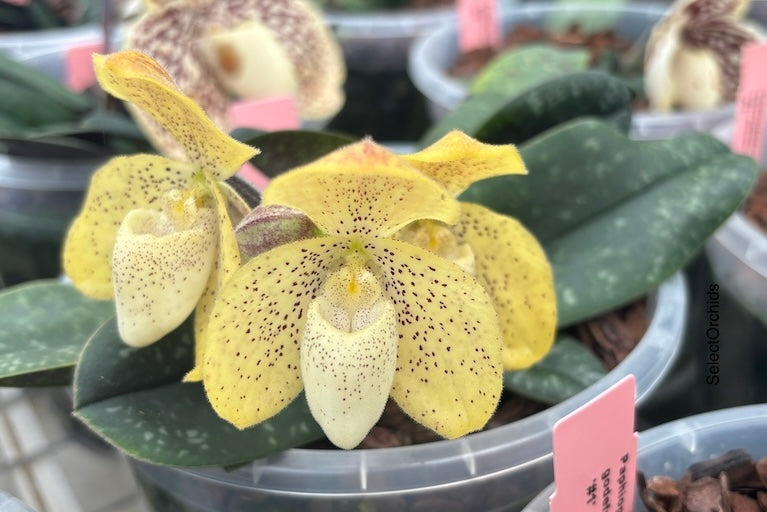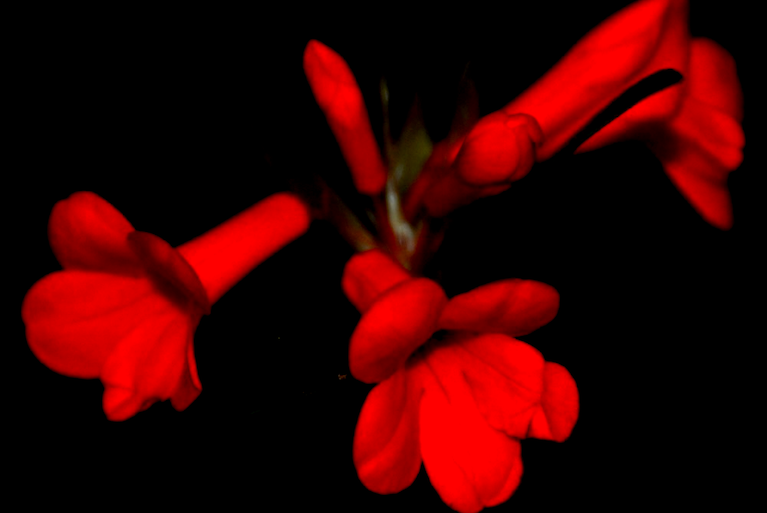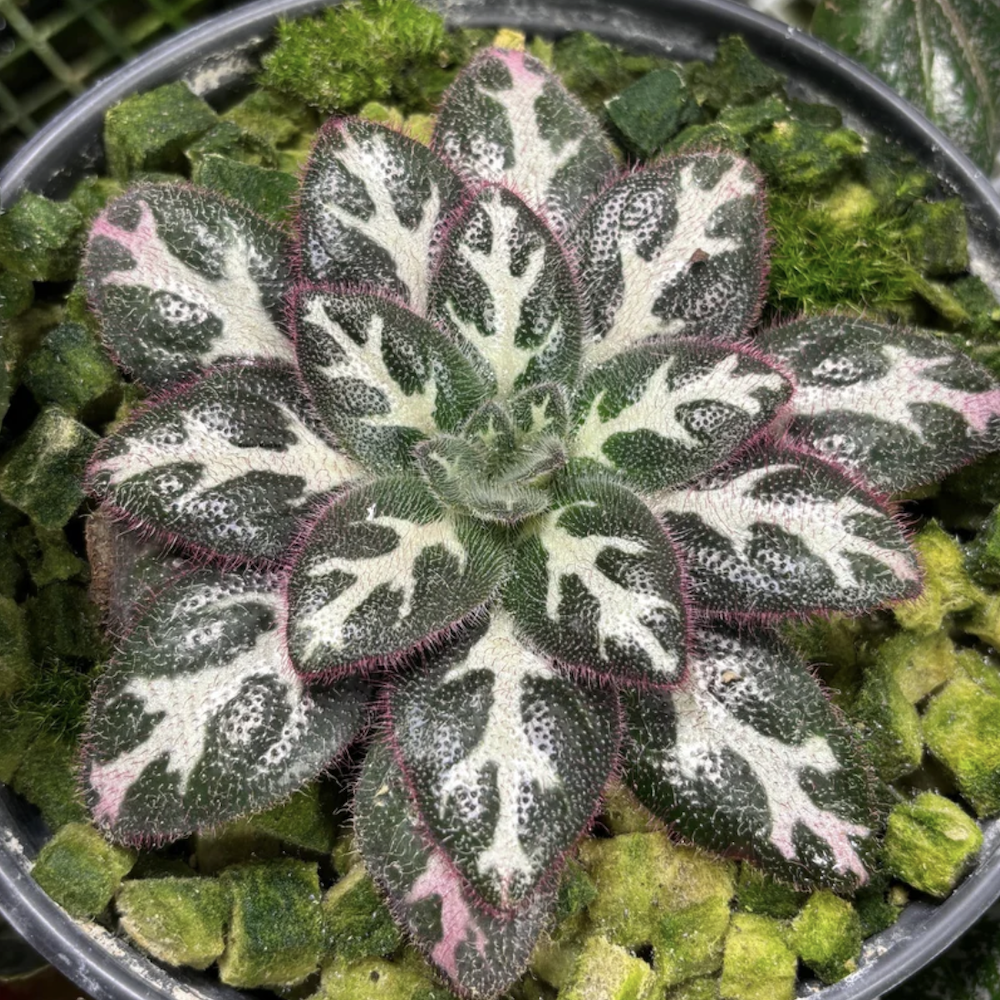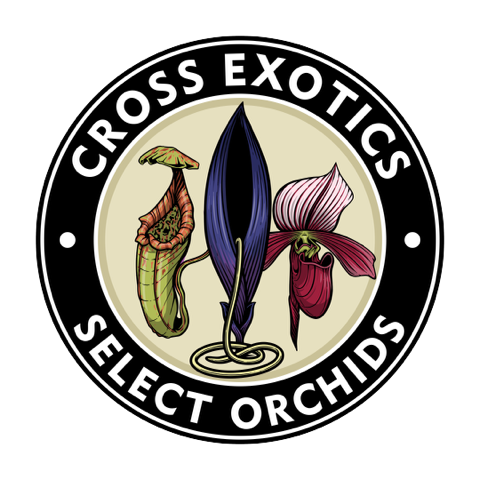General Grow Guide
A general overview for various genera.
Receiving your plants:
Amorphs & Arisaema: We typically ship our Amorphophallus dormant. During dormancy most species actually prefer to be kept mildly moist. It is common practice to store them bone dry to "prevent rot" but this causes a lot of issues if done for extended periods, especially desiccation for the smaller species. It also delays new growth. If the tubers are healthy then they typically have no issue being stored a tad moist, whether in Sphagnum, rockwool, etc. This is strongly recommended for species like A. ongsakulii.
Begonias: The species we offer for Begonia are more robust than a lot of the normal terrarium species. During shipping it is normal for them to get leaf damage or to drop leaves completely. Begonias are so prolific that it is not very important if old leaves are lost, the main concern is if the stem/rhizome is in good condition. If so, then it is fine and will resume growth. For some species like B. malipoensis it is common for them to be shipped commercially as just plain stems which can be a surprising way to receive them but is industry procedure - because it works!
Orchids: Most orchids are shipped dry, this is the safest way especially in colder weather. Occasionally it can trigger some species like Dendrobium to go dormant but growth will resume normally. It is often surprising that many orchids go dormant actually, even D. cuthbertsonii and various Phalaenopsis will. Other genera like Habenaria, Cynorkis, etc produce rhizome like structures or tubers that are also shipped dormant.
Nepenthes: Neps we typically ship moist to wet. They can consume a large amount of water in shipping surprisingly so occasionally they can be getting dryish after just a couple days in shipping. If the leaves get a bit dehydrated they typically do not rehydrate well, looking a bit dull, but should never look very wilted. The plant resumes normal growth after a couple weeks of rooting in the new media.



